WARSAW, POLAND—Science News reports that bioarchaeologist Dagmara Socha of the University of Warsaw and her colleagues have detected traces of harmine and harmaline in the hair and fingernails of two Inca children who were sacrificed some 500 years ago and buried on Peru’s Ampato Mountain. The presence of these chemicals in the children’s remains suggest that they may have ingested the vine Banisteriopsis caapi in the days or weeks before their deaths, Socha explained. Tests of the effects of harmine in rodents suggest that it may work like an antidepressant, so a drink made with Banisteriopsis caapi may have been given to the children in order to calm their nerves as they traveled from their homes to the capital city of Cuzco for official ceremonies and then on to Ampato Mountain, Socha said. To read about an Inca ritual box found in Lake Titicaca, go to "Artifact."
Possible Traces of Calming Drug Found in Sacrificed Inca Children
News May 13, 2022
Recommended Articles

Artifacts January/February 2021
Inca Box with Votive Offerings
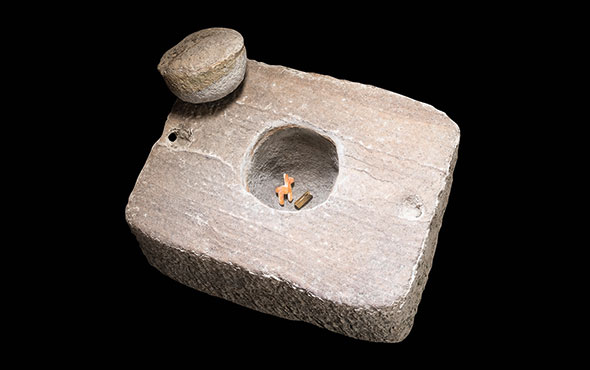
Digs & Discoveries May/June 2018
A Mark of Distinction
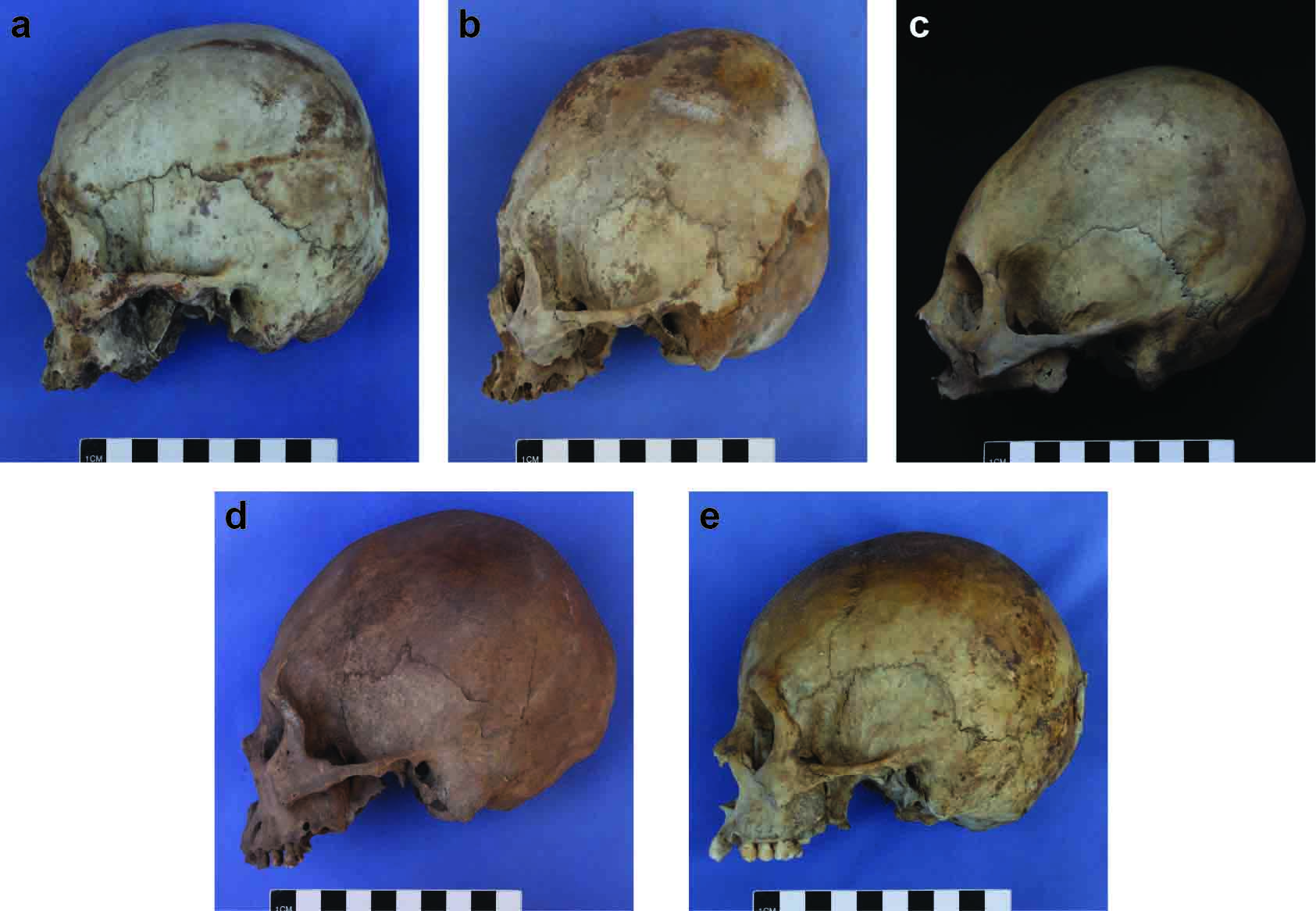
Features May/June 2016
An Overlooked Inca Wonder
Thousands of aligned holes in Peru’s Pisco Valley have attracted the attention of archaeologists
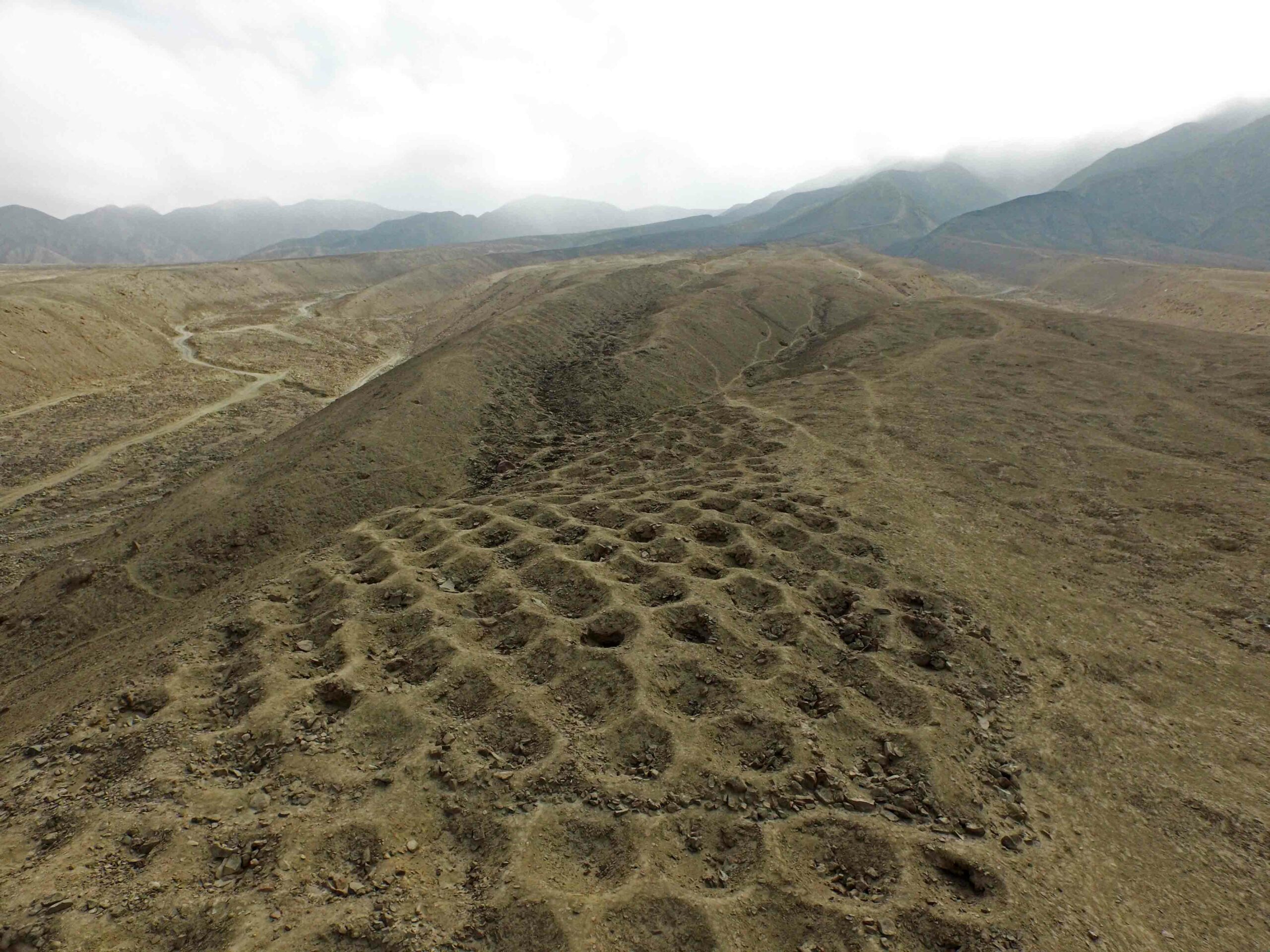
-
Features March/April 2022
The Last King of Babylon
Investigating the reign of Mesopotamia’s most eccentric ruler
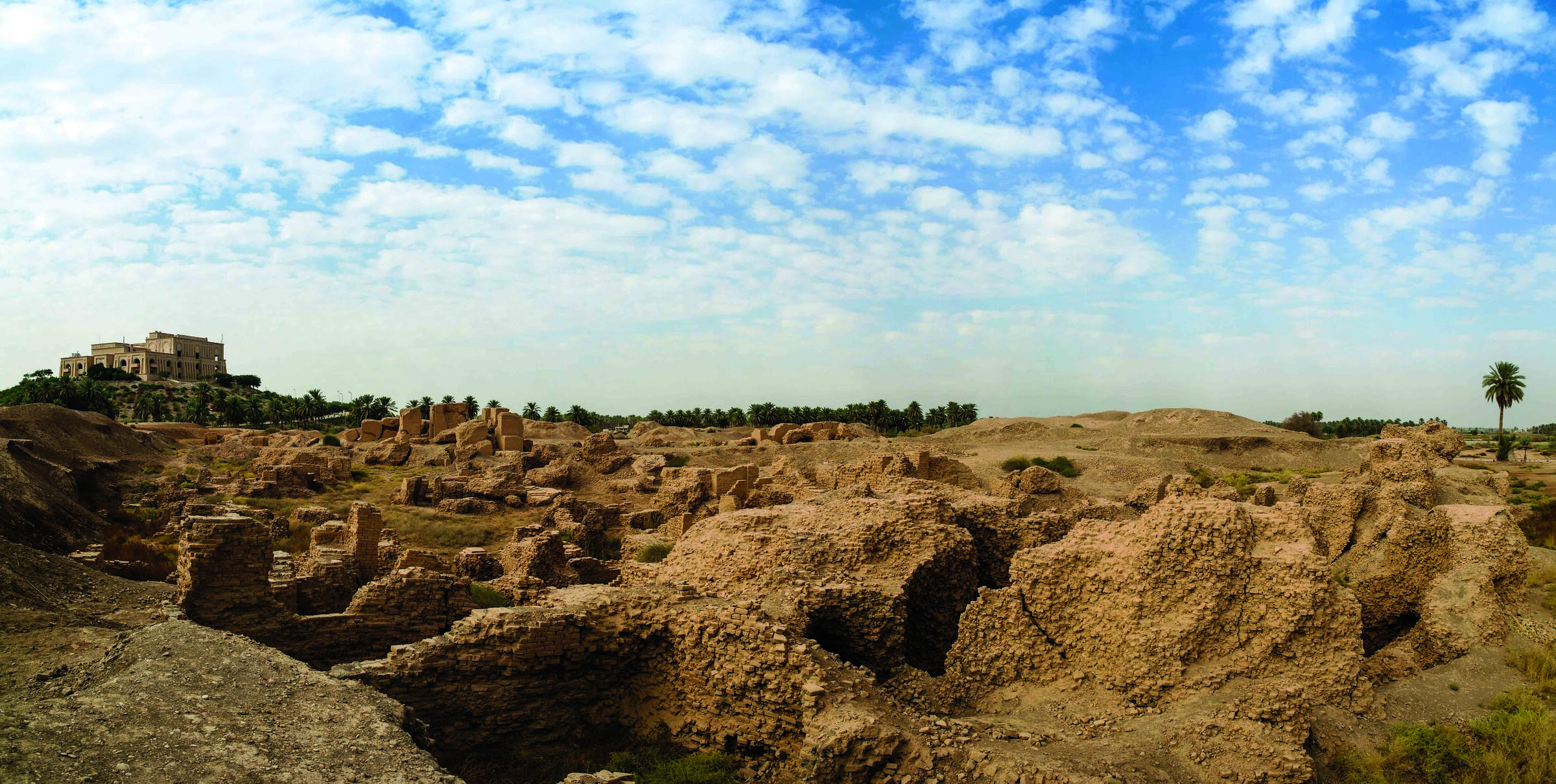 (iStock/HomoCosmicos)
(iStock/HomoCosmicos) -
Features March/April 2022
Paradise Lost
Archaeologists in Nova Scotia are uncovering evidence of thriving seventeenth-century French colonists and their brutal expulsion
 (© Jamie Robertson)
(© Jamie Robertson) -
Features March/April 2022
Exploring Notre Dame's Hidden Past
The devastating 2019 fire is providing an unprecedented look at the secrets of the great cathedral
 (Patrick Zachmann)
(Patrick Zachmann) -
Letter from Doggerland March/April 2022
Mapping a Vanished Landscape
Evidence of a lost Mesolithic world lies deep beneath the dark waters of the North Sea
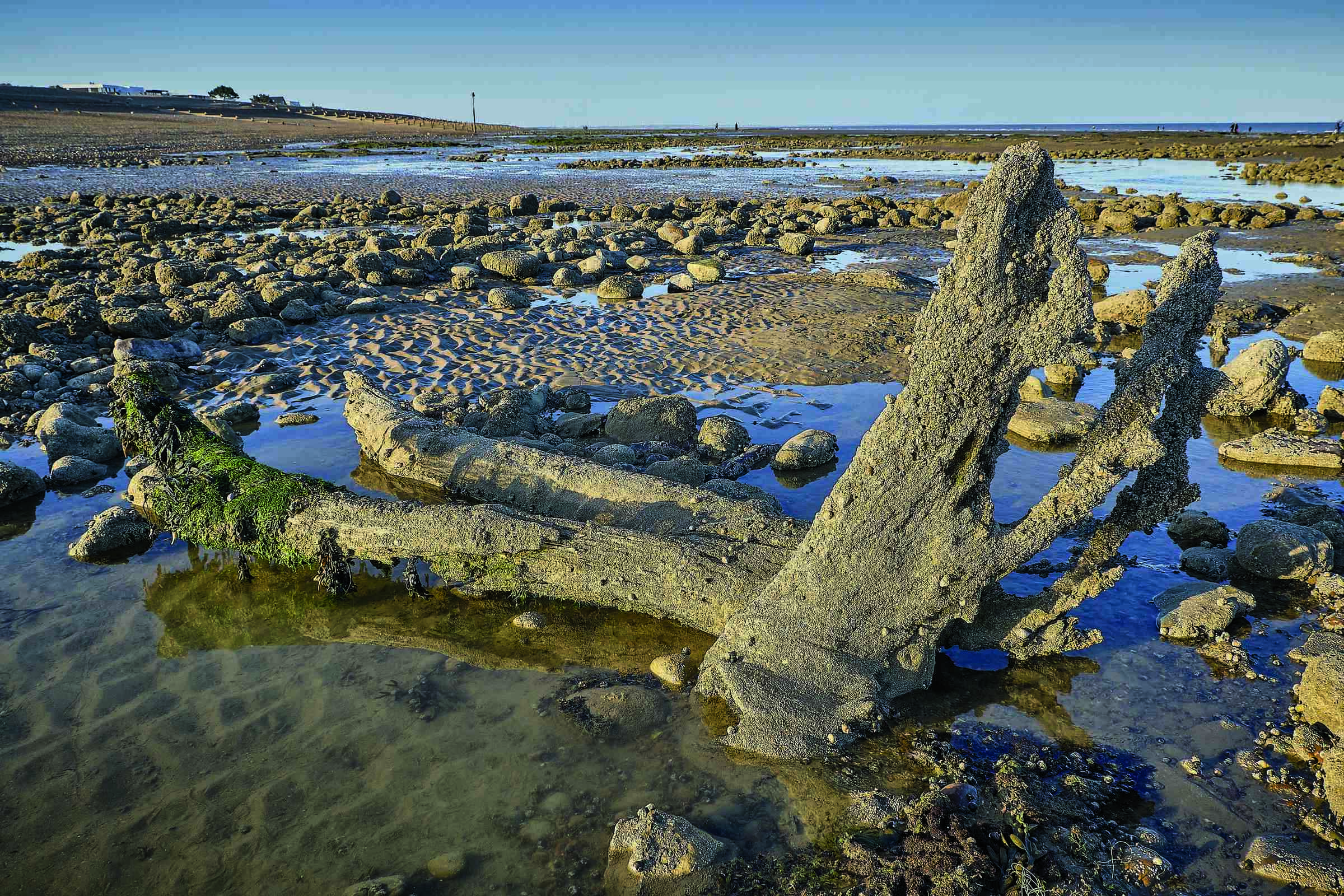 (M.J. Thomas)
(M.J. Thomas)


